Most of us focus on upgrading our 4x4s to avoid being stranded. When venturing far from help, it’s worthwhile to invest in fending off breakage. If axles can’t be adequately strengthened, they are swapped for even stouter ones. Weak factory tires are replaced with ones that can take a beating off-road. Armor and skid plates are put into position to protect vital components. Transmissions and transfer cases get upgraded. The list goes on and on. All of it is in effort to not be broken out in the sticks.
One important piece of equipment often gets overlooked when it comes to upgrading. While it’s not as sexy as swapping in a set of Dana 60s, it can leave you seriously stranded on the trail should it fail. What is it? Well, if the title of this story is any giveaway, it shouldn’t surprise you that it’s your vehicle’s battery. Without a working one, your vehicle quickly becomes an extremely expensive and heavy paperweight.
If you’re driving in town, a dead battery usually isn’t too big a deal. Auto part stores are plentiful, and there is usually someone with jumper cables to lend you a hand. Most trails, however, are nowhere near town. If a battery can’t hold a charge, jumping it won’t help. The further you venture into the wild, the more important having a properly working battery (or even better batteries) becomes.
Most people don’t give their batteries any thought until it is too late. Making things worse, the heat of summer and cold of winter take their tolls on weaker batteries. So how do you tell if your battery needs to replaced before things go south? And how can you take care of your new battery? We will go over the basics of batteries here, along with upgrades you can perform to keep your starter cranking.
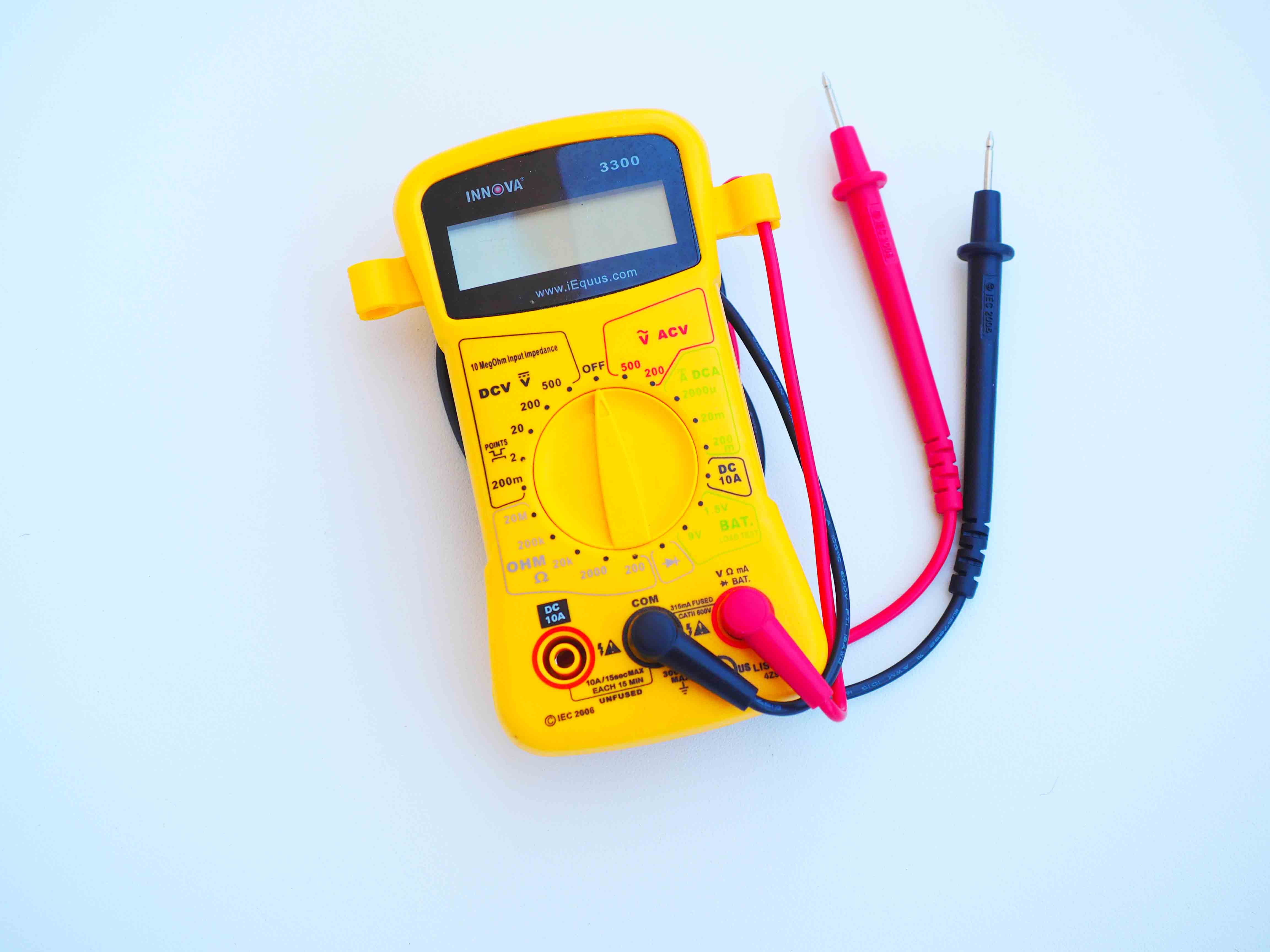
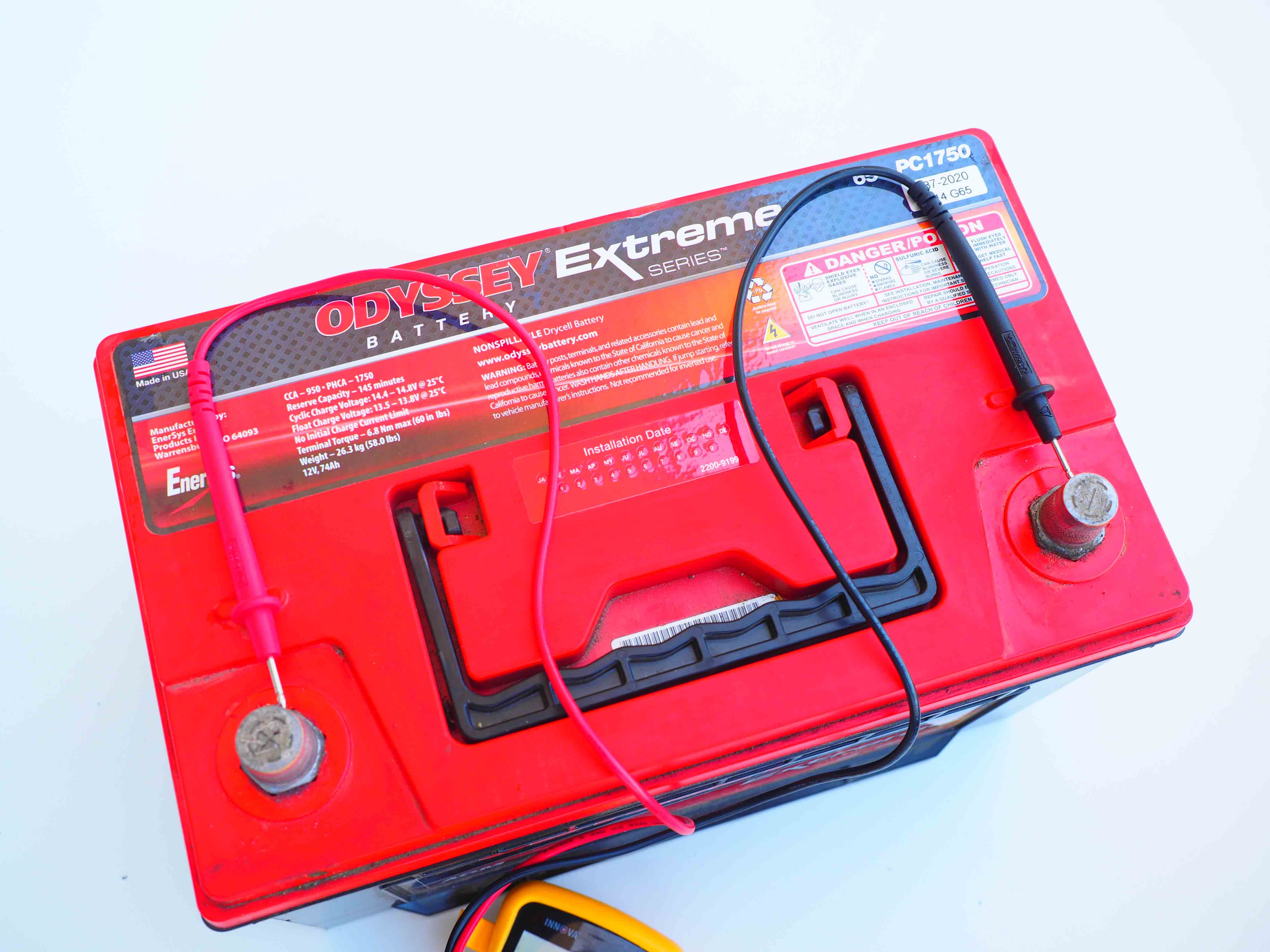
Checking the voltage of your battery with a multimeter is pretty easy. Set it to DCV (or V with a flat line and three dots above it). Some have dials that adjust the numerals of the readout, while others do this automatically. If you have one with a dial, put it on 20 or 10. The red lead goes to the positive terminal on your battery, while the black lead goes to the negative terminal.
Most people don’t pay attention to the exact charge of their batteries. Our battery shows 12.26 volts on our voltmeter with the engine not running. For a 12-volt battery, that might sound about right, but that is actually almost 40% drained. To be 100% charged, a battery should be at least 12.6 volts or more. Small variations in voltage do make a difference.
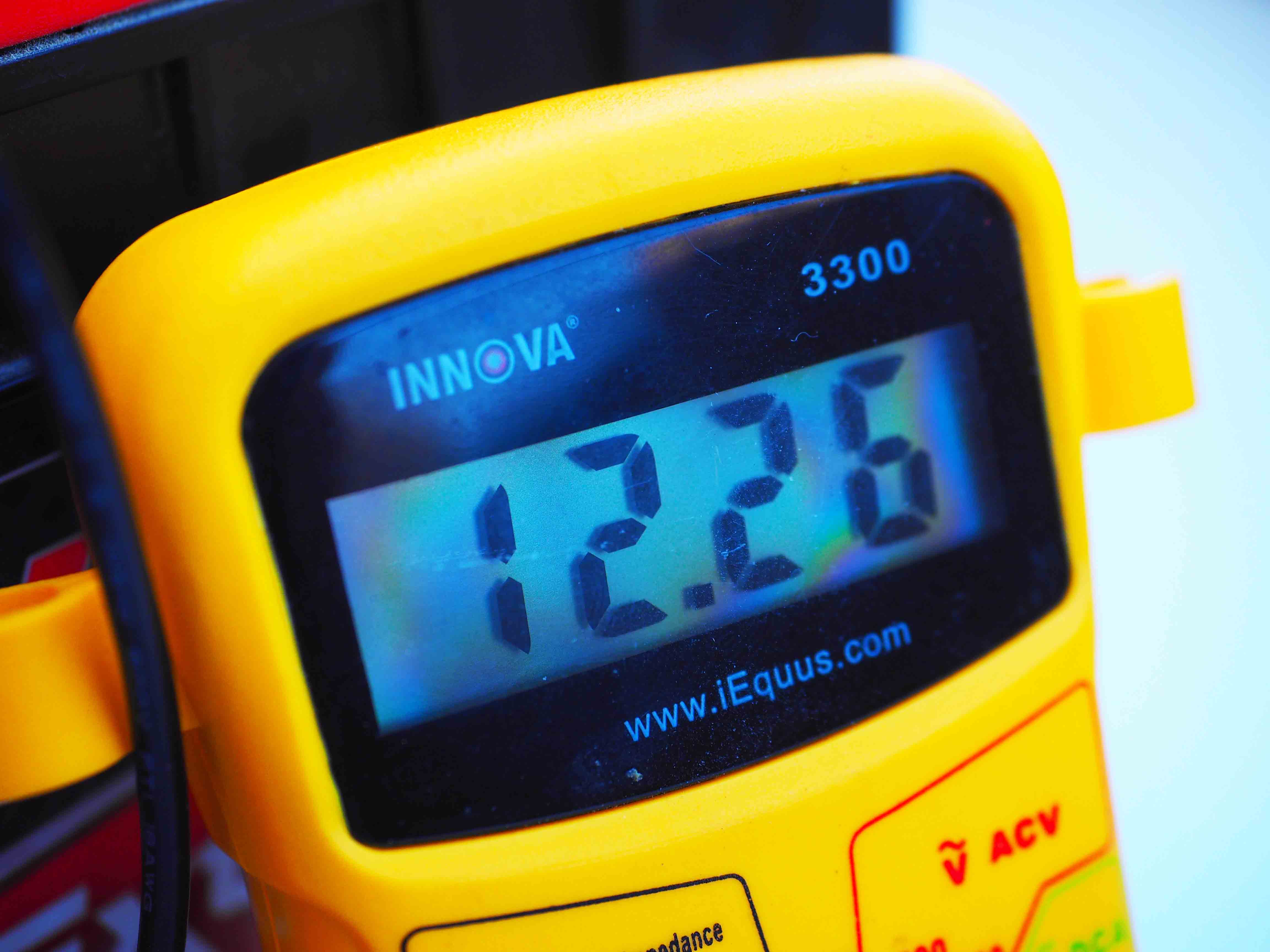
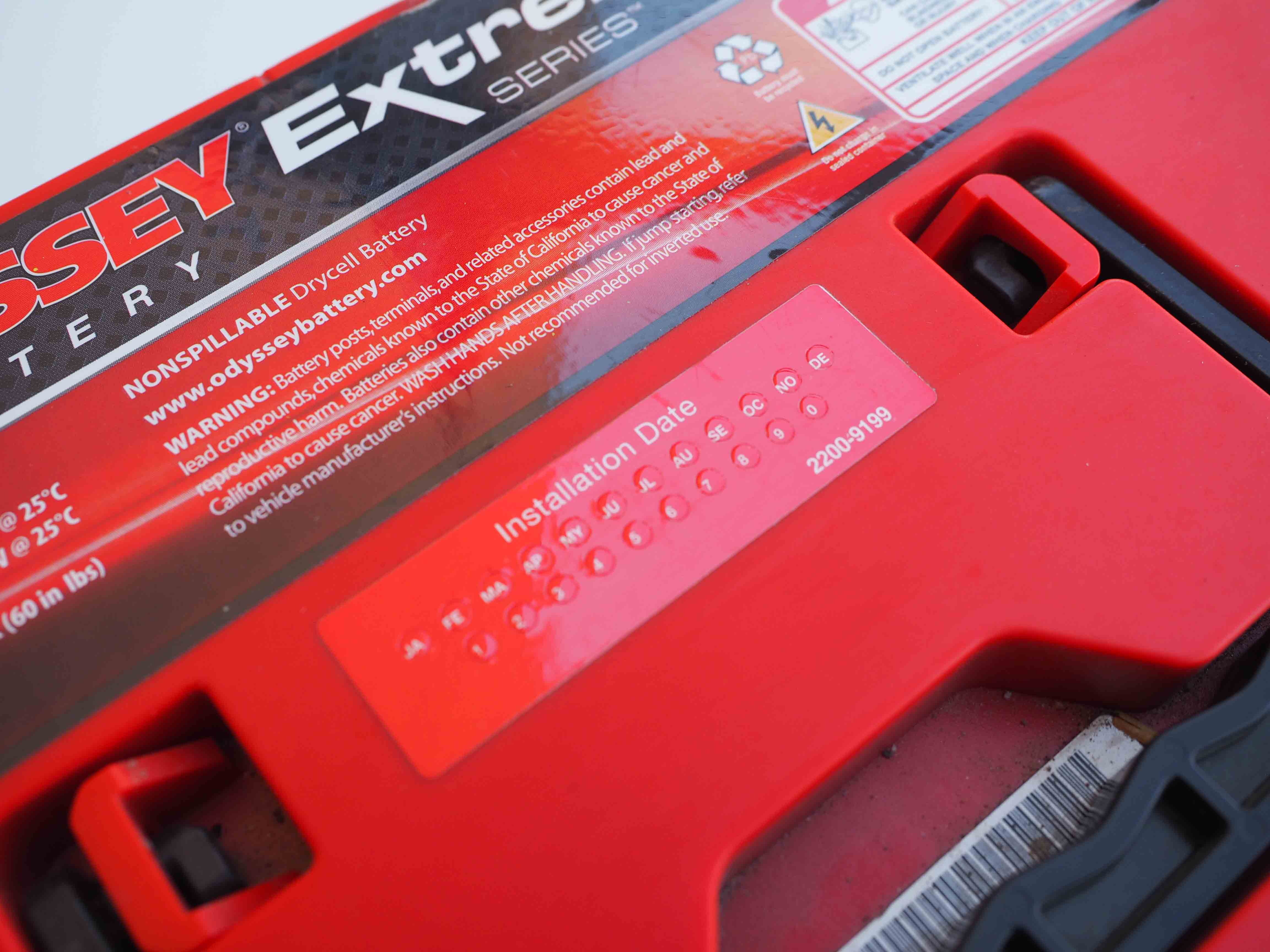
Extreme heat and cold can kill a battery, but one of the biggest killers of batteries is age. Batteries have a finite life before they simply won’t hold a charge and go dead. We have gone through cheap batteries in less than two years, while others have lasted us six or more years. The average lifespan (again depending on temperature extremes) is more around five years. Most batteries have an installation date on the top and some even have a manufacturing date on them so you can tell their age.
If your battery is low, it should be put on a charger. Remember that AGM batteries require a charger with an AGM setting. Charging them without one can damage the batteries, or kill them. Odyssey batteries also require specific charges and approved ones are listed on Odyssey’s website. We have used this Odyssey 20 amp battery charger with great success. It is fully automatic, so there are no settings to select. Its indicator shows how much charging is left to do, and where it is in the charging process.
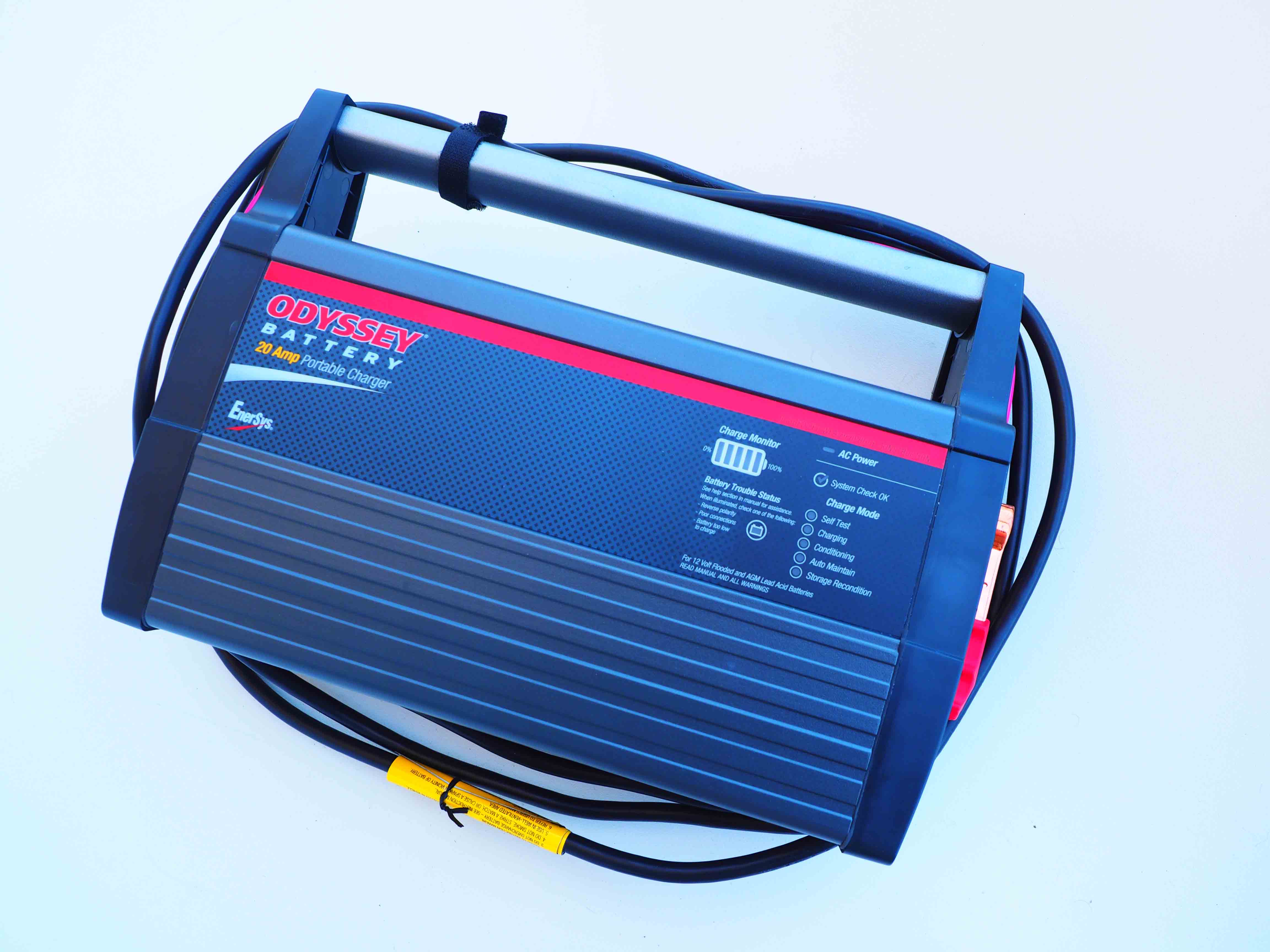
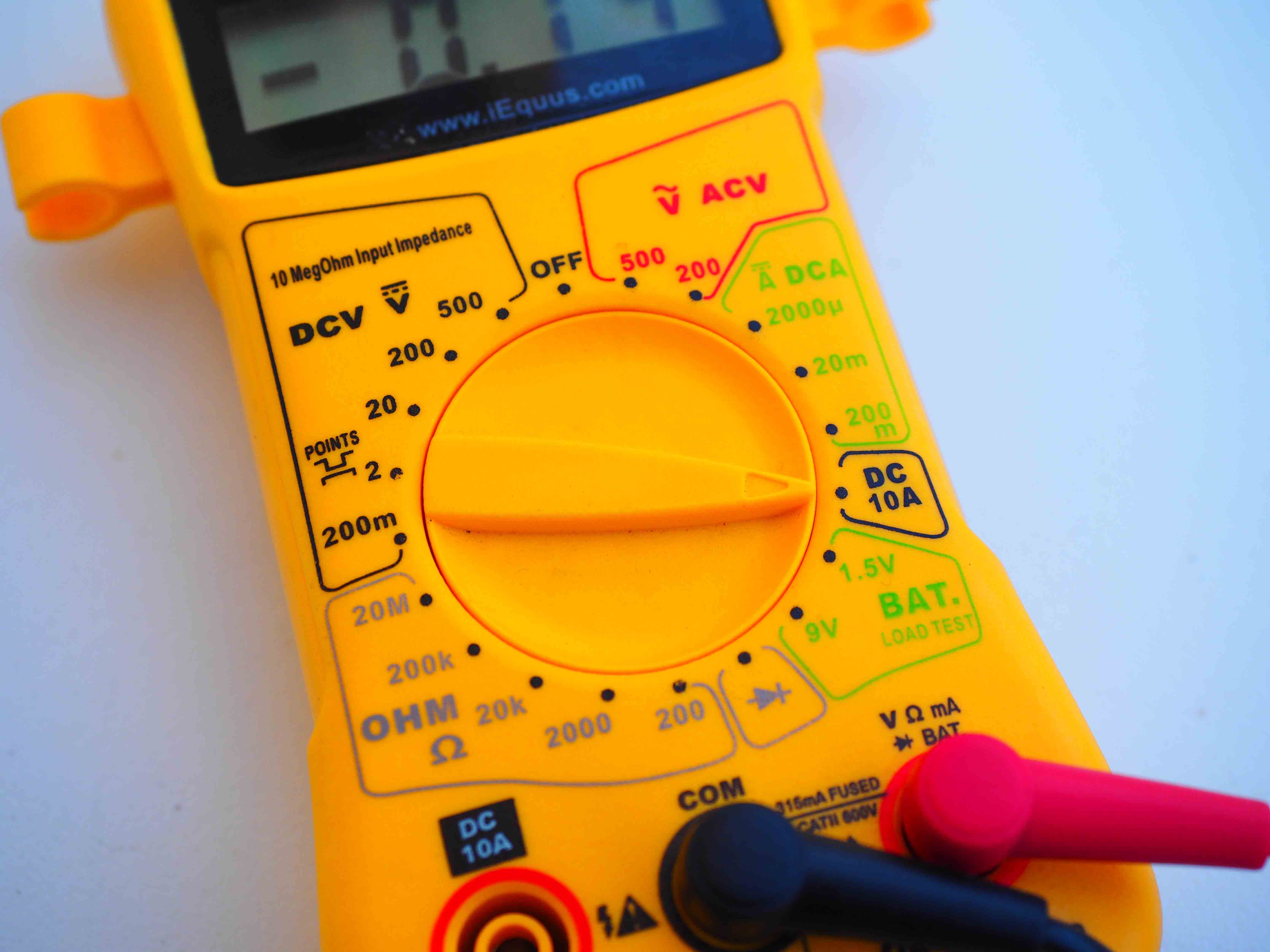
One thing to remember is to let the battery rest for a bit after charging, and then check it again with a multimeter. If it can’t hold a full charge, some of its cells may be dead, meaning it needs to be replaced. Check your battery after it has been installed in the vehicle for awhile. If it is below 12.6 volts, you probably have a draw. One way to check for a draw is to disconnect your negative battery cable and use your multimeter. Set it to 10 amps (DC) and use it as a bridge between the disconnected cable and the battery post. There shouldn’t be more than approximately 0.1 amp of draw with the vehicle and all its accessories (including dome lights, etc.) off.
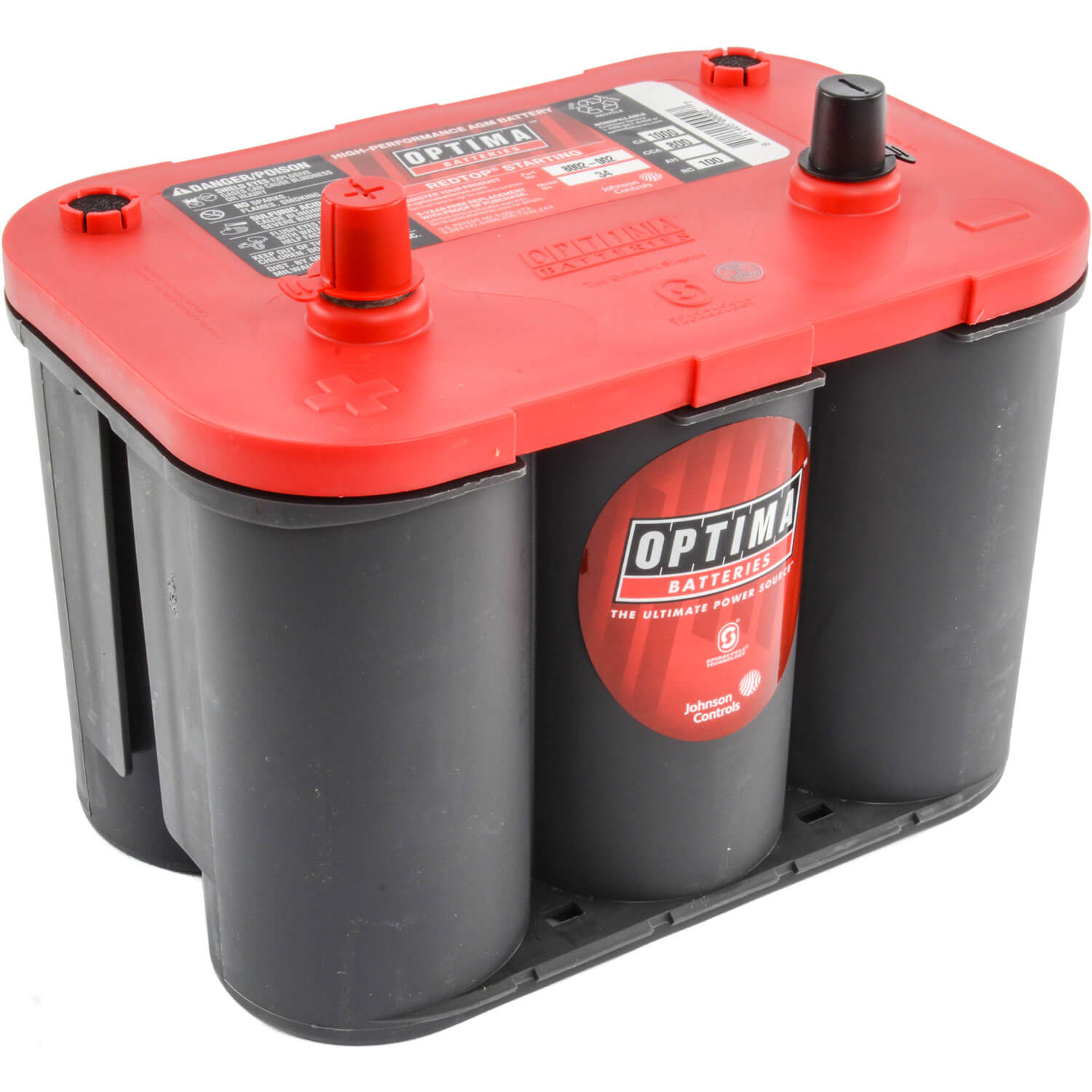
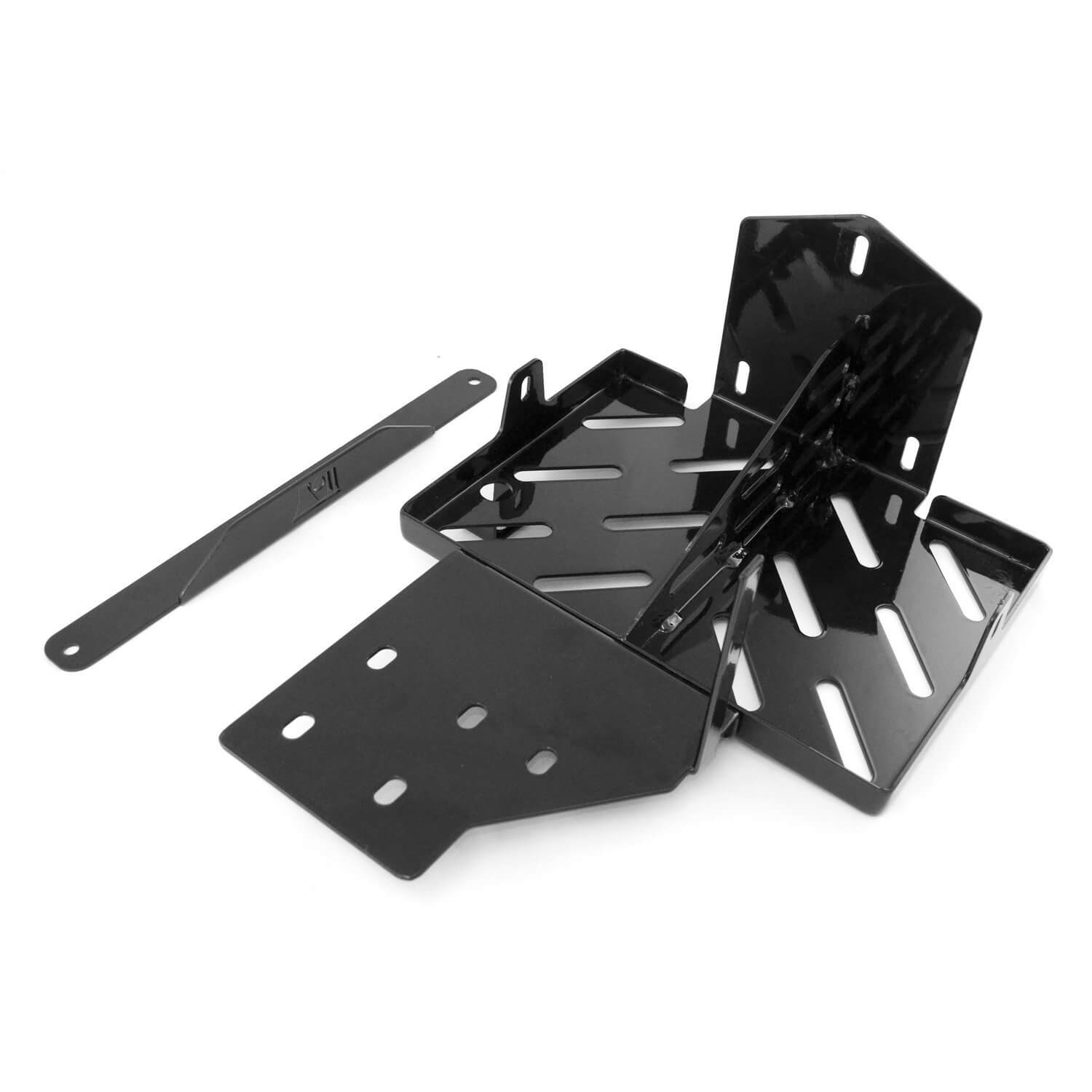
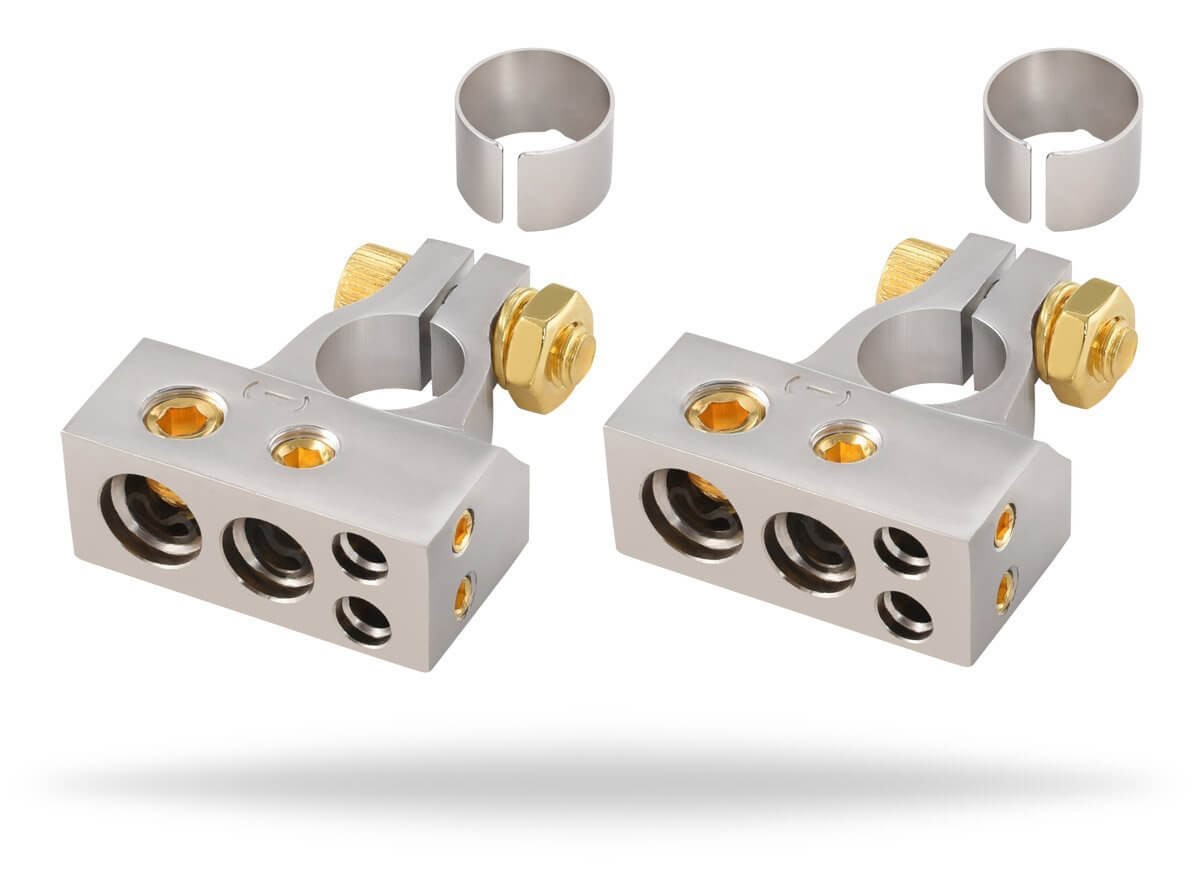
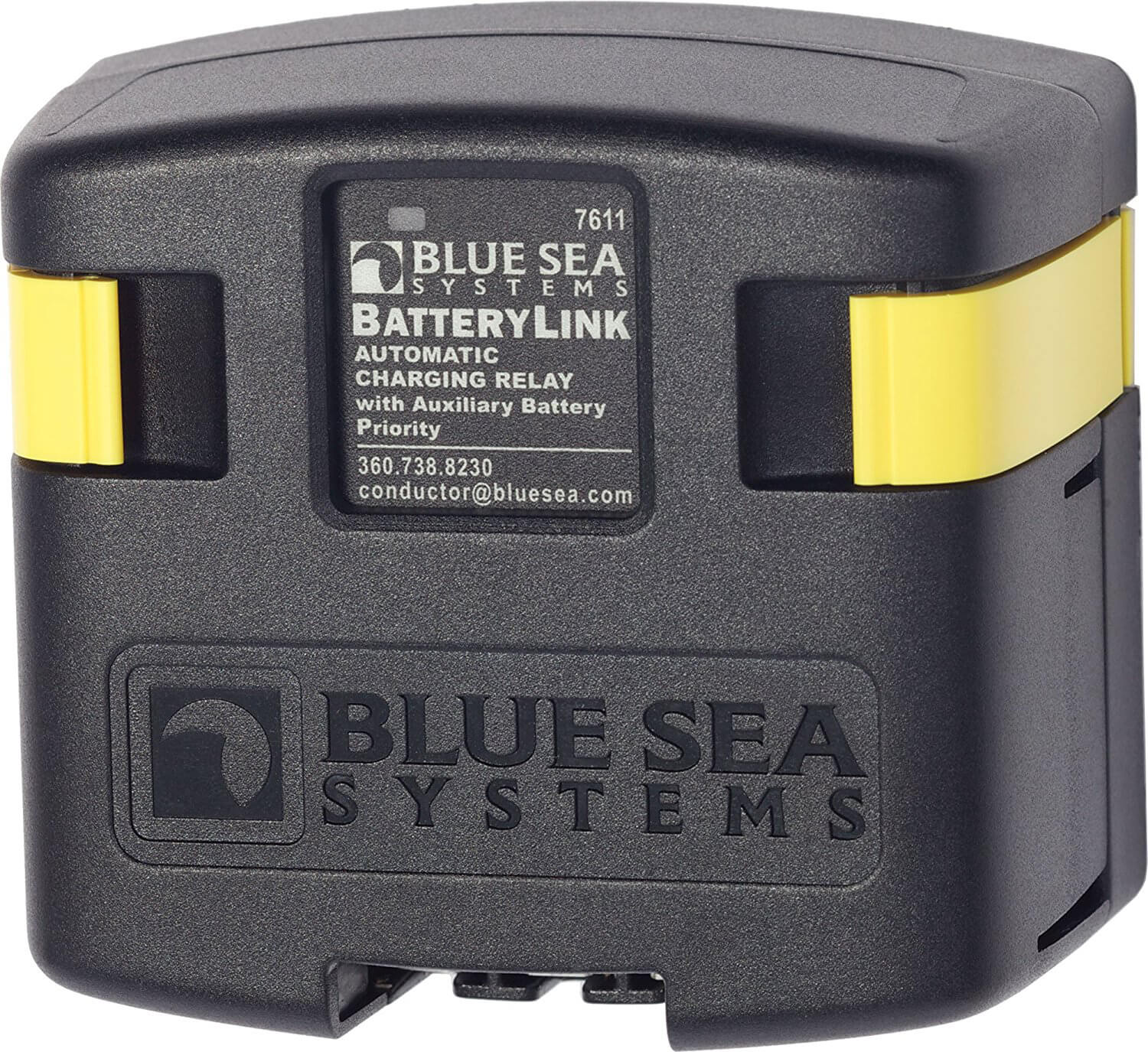
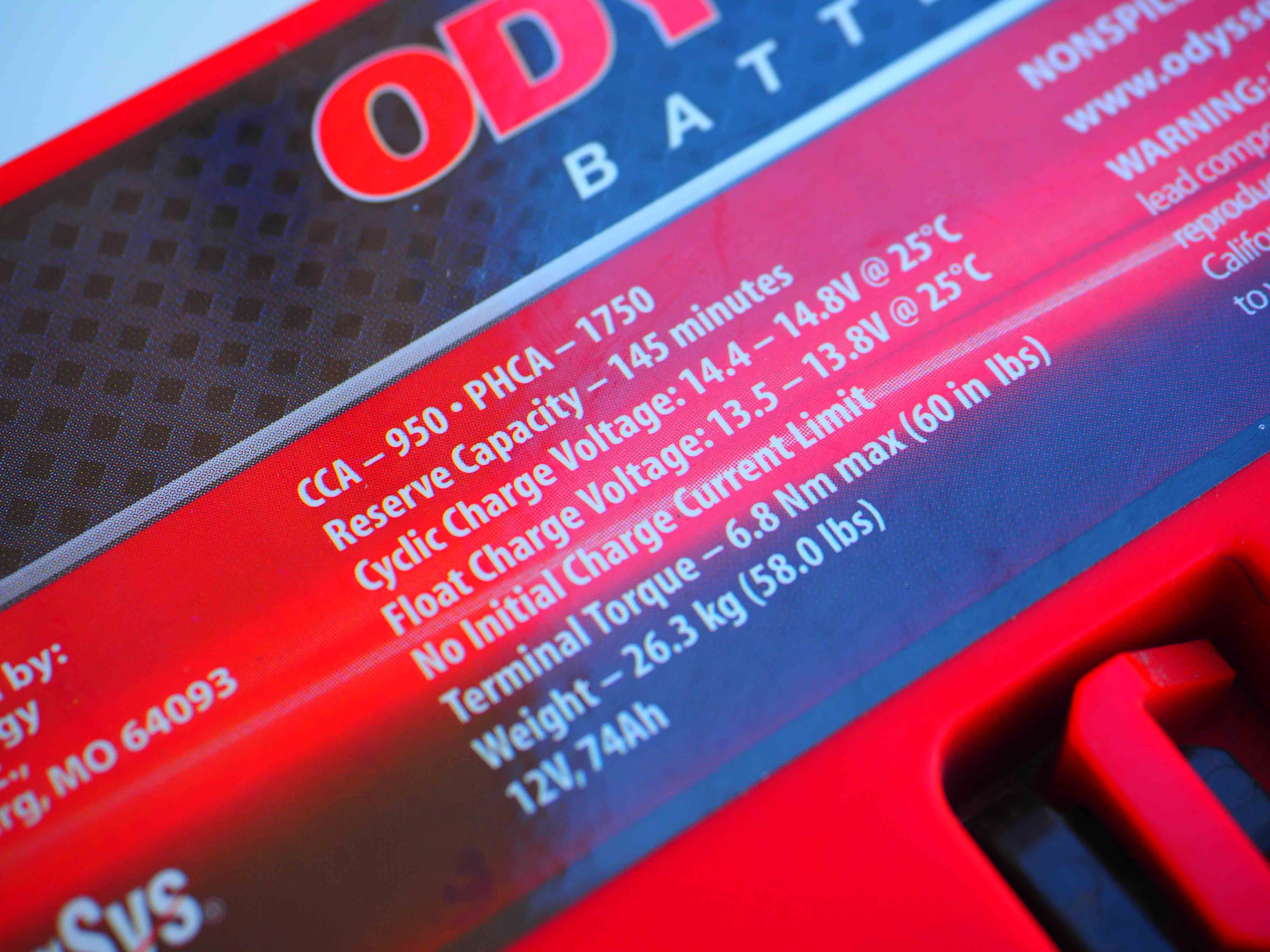



2